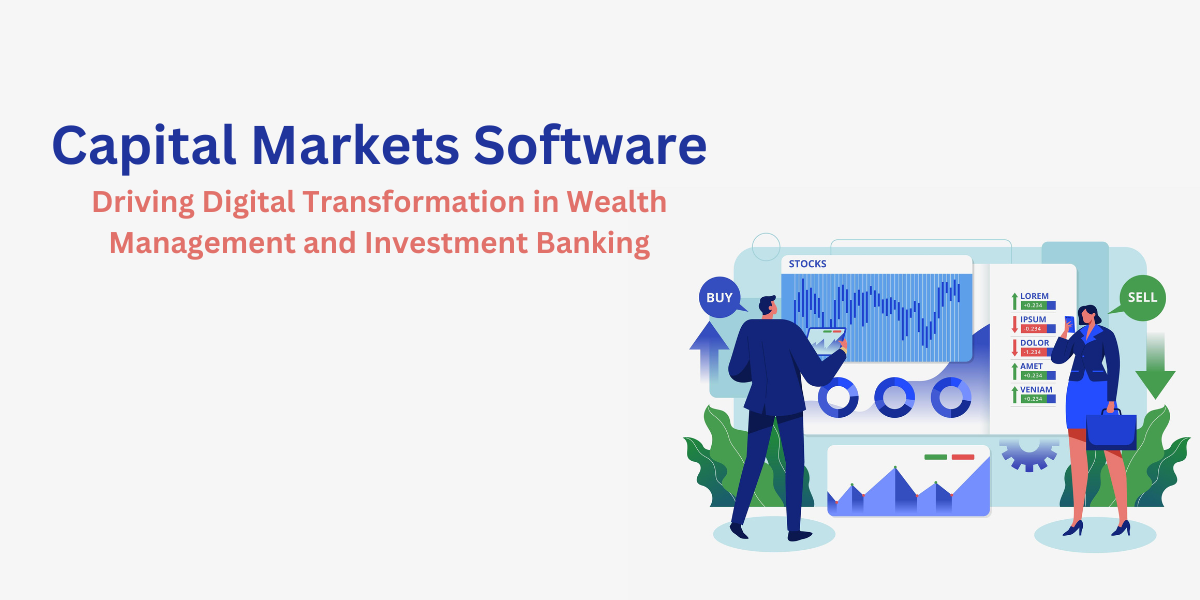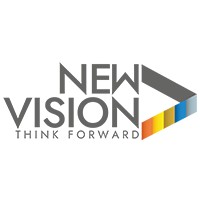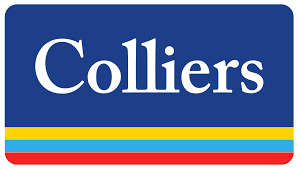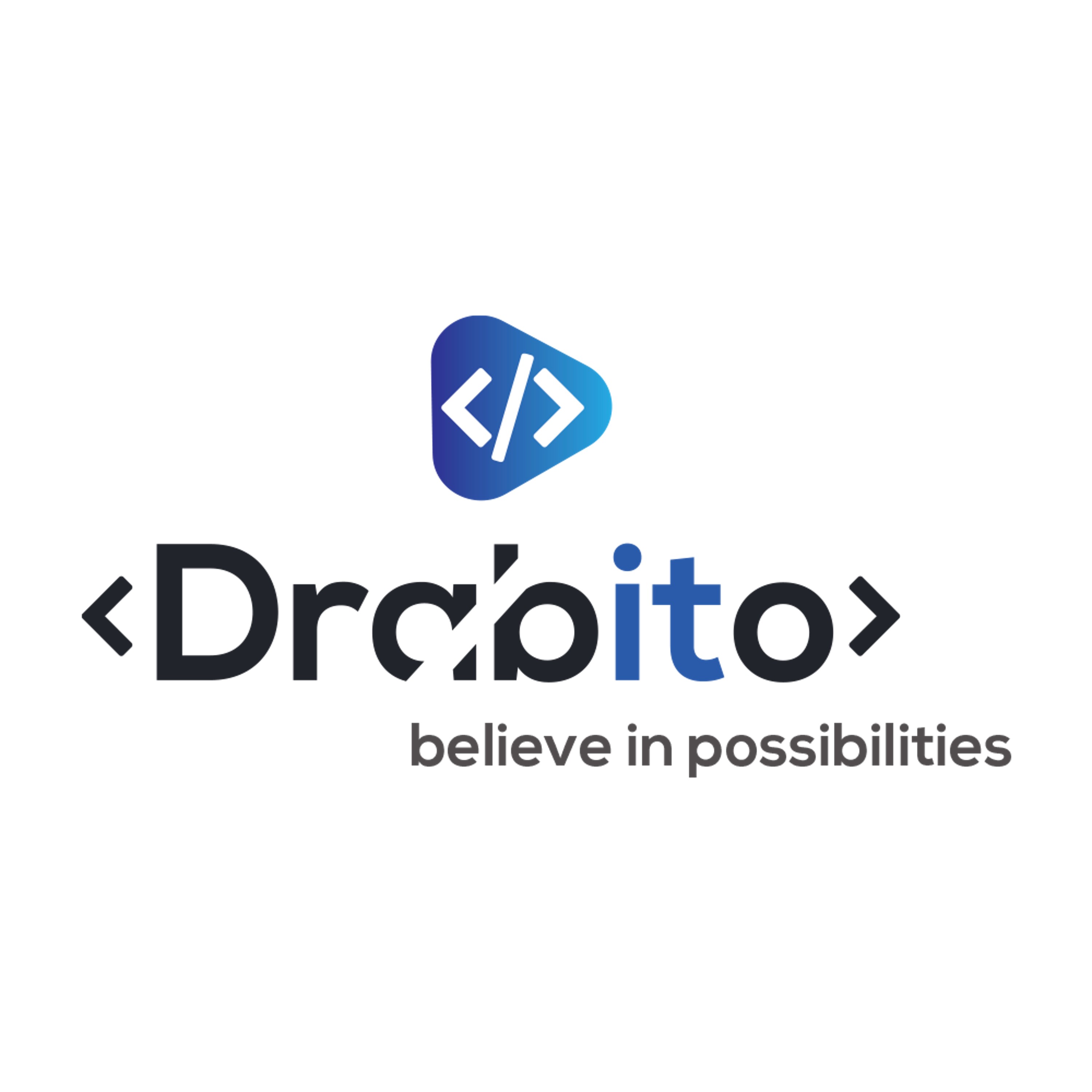In today's business landscape, having access to financing options is crucial to ensure the sustainability and growth of a business. Two distinct financing options available to businesses are Supply Chain Finance (SCF) and Traditional lending options. SCF is a relatively new financing option that focuses on optimizing the cash flow of businesses by improving the efficiency of their supply chain operations. On the other hand, traditional lending involves obtaining a loan from a financial institution based on the borrower's creditworthiness and ability to repay the loan. In the subsequent paragraphs, we will explore the pros and cons of both SCF and traditional lending.
Supply Chain Finance is a financing option that allows suppliers to receive early payment on their invoices from buyers by leveraging the buyer's strong credit rating. This allows suppliers to improve their cash flow and reduce their dependence on costly short-term loans or credit lines. One of the major benefits of SCF is that it provides access to cheaper funding compared to traditional lending as the risk is shared across the supply chain. SCF also offers flexibility in repayment terms as the repayment schedule is tied to the payment cycle of the buyer, thereby reducing the financial burden on the supplier. SCF is also easier to obtain compared to traditional lending as it is based on the creditworthiness of the buyer and their ability to pay.
However, SCF also has some limitations. SCF is only available to businesses with a well-established supply chain that has strong relationships between buyers and suppliers. The amount of financing available through SCF is often limited to the value of the receivables being financed. SCF offers limited credit enhancement as the financing is based on the creditworthiness of the buyer and their ability to pay. The supplier's ability to obtain financing through SCF is dependent on the buyer's willingness to participate in the program.
Traditional lending is a financing option that involves obtaining a loan from a Bank/ financial institution based on the borrower's creditworthiness and ability to repay the loan. Traditional lending offers businesses access to larger loan sizes than SCF. Traditional lending is also widely available to businesses of all sizes, making it an accessible financing option. Traditional lending provides high credit enhancement as the financing is based on the borrower's creditworthiness and ability to repay the loan. Traditional lending also offers flexible repayment terms, allowing businesses to repay the loan over an extended period.
However, traditional lending also has some limitations. Traditional lending typically involves higher financing costs due to the higher risk involved. Traditional lending requires borrowers to meet stringent credit requirements, making it difficult for small businesses or start-ups to obtain financing. Traditional lending often requires borrowers to provide collateral to secure the loan, which can be a significant burden for small businesses. Traditional lending involves a lengthy loan application and approval process, which can take several weeks or even months to complete.
In conclusion, businesses must evaluate their financing needs and determine which financing option best suits their requirements. It is essential to note that these financing options are not mutually exclusive, and businesses can use a combination of both to optimize their cash flow and meet their financing needs. Ultimately, the decision on whether to use SCF or traditional lending depends on the specific needs of the business, the availability of financing options and the ability of the business in creating a balanced creditworthiness
Supply Chain Finance vs Traditional Lending : Pros and Cons
In today's business landscape, having access to financing options is crucial to ensure the sustainability and growth of a business. Two distinct financing options available to businesses are Supply Chain Finance (SCF) and Traditional lending options. SCF is a relatively new financing option that focuses on optimizing the cash flow of businesses by improving the efficiency of their supply chain operations. On the other hand, traditional lending involves obtaining a loan from a financial institution based on the borrower's creditworthiness and ability to repay the loan. In the subsequent paragraphs, we will explore the pros and cons of both SCF and traditional lending.
Supply Chain Finance is a financing option that allows suppliers to receive early payment on their invoices from buyers by leveraging the buyer's strong credit rating. This allows suppliers to improve their cash flow and reduce their dependence on costly short-term loans or credit lines. One of the major benefits of SCF is that it provides access to cheaper funding compared to traditional lending as the risk is shared across the supply chain. SCF also offers flexibility in repayment terms as the repayment schedule is tied to the payment cycle of the buyer, thereby reducing the financial burden on the supplier. SCF is also easier to obtain compared to traditional lending as it is based on the creditworthiness of the buyer and their ability to pay.
However, SCF also has some limitations. SCF is only available to businesses with a well-established supply chain that has strong relationships between buyers and suppliers. The amount of financing available through SCF is often limited to the value of the receivables being financed. SCF offers limited credit enhancement as the financing is based on the creditworthiness of the buyer and their ability to pay. The supplier's ability to obtain financing through SCF is dependent on the buyer's willingness to participate in the program.
Traditional lending is a financing option that involves obtaining a loan from a Bank/ financial institution based on the borrower's creditworthiness and ability to repay the loan. Traditional lending offers businesses access to larger loan sizes than SCF. Traditional lending is also widely available to businesses of all sizes, making it an accessible financing option. Traditional lending provides high credit enhancement as the financing is based on the borrower's creditworthiness and ability to repay the loan. Traditional lending also offers flexible repayment terms, allowing businesses to repay the loan over an extended period.
However, traditional lending also has some limitations. Traditional lending typically involves higher financing costs due to the higher risk involved. Traditional lending requires borrowers to meet stringent credit requirements, making it difficult for small businesses or start-ups to obtain financing. Traditional lending often requires borrowers to provide collateral to secure the loan, which can be a significant burden for small businesses. Traditional lending involves a lengthy loan application and approval process, which can take several weeks or even months to complete.
In conclusion, businesses must evaluate their financing needs and determine which financing option best suits their requirements. It is essential to note that these financing options are not mutually exclusive, and businesses can use a combination of both to optimize their cash flow and meet their financing needs. Ultimately, the decision on whether to use SCF or traditional lending depends on the specific needs of the business, the availability of financing options and the ability of the business in creating a balanced creditworthiness
Supply Chain Finance vs Traditional Lending : Pros and Cons
In today's business landscape, having access to financing options is crucial to ensure the sustainability and growth of a business. Two distinct financing options available to businesses are Supply Chain Finance (SCF) and Traditional lending options. SCF is a relatively new financing option that focuses on optimizing the cash flow of businesses by improving the efficiency of their supply chain operations. On the other hand, traditional lending involves obtaining a loan from a financial institution based on the borrower's creditworthiness and ability to repay the loan. In the subsequent paragraphs, we will explore the pros and cons of both SCF and traditional lending.
Supply Chain Finance is a financing option that allows suppliers to receive early payment on their invoices from buyers by leveraging the buyer's strong credit rating. This allows suppliers to improve their cash flow and reduce their dependence on costly short-term loans or credit lines. One of the major benefits of SCF is that it provides access to cheaper funding compared to traditional lending as the risk is shared across the supply chain. SCF also offers flexibility in repayment terms as the repayment schedule is tied to the payment cycle of the buyer, thereby reducing the financial burden on the supplier. SCF is also easier to obtain compared to traditional lending as it is based on the creditworthiness of the buyer and their ability to pay.
However, SCF also has some limitations. SCF is only available to businesses with a well-established supply chain that has strong relationships between buyers and suppliers. The amount of financing available through SCF is often limited to the value of the receivables being financed. SCF offers limited credit enhancement as the financing is based on the creditworthiness of the buyer and their ability to pay. The supplier's ability to obtain financing through SCF is dependent on the buyer's willingness to participate in the program.
Traditional lending is a financing option that involves obtaining a loan from a Bank/ financial institution based on the borrower's creditworthiness and ability to repay the loan. Traditional lending offers businesses access to larger loan sizes than SCF. Traditional lending is also widely available to businesses of all sizes, making it an accessible financing option. Traditional lending provides high credit enhancement as the financing is based on the borrower's creditworthiness and ability to repay the loan. Traditional lending also offers flexible repayment terms, allowing businesses to repay the loan over an extended period.
However, traditional lending also has some limitations. Traditional lending typically involves higher financing costs due to the higher risk involved. Traditional lending requires borrowers to meet stringent credit requirements, making it difficult for small businesses or start-ups to obtain financing. Traditional lending often requires borrowers to provide collateral to secure the loan, which can be a significant burden for small businesses. Traditional lending involves a lengthy loan application and approval process, which can take several weeks or even months to complete.
In conclusion, businesses must evaluate their financing needs and determine which financing option best suits their requirements. It is essential to note that these financing options are not mutually exclusive, and businesses can use a combination of both to optimize their cash flow and meet their financing needs. Ultimately, the decision on whether to use SCF or traditional lending depends on the specific needs of the business, the availability of financing options and the ability of the business in creating a balanced creditworthiness






















